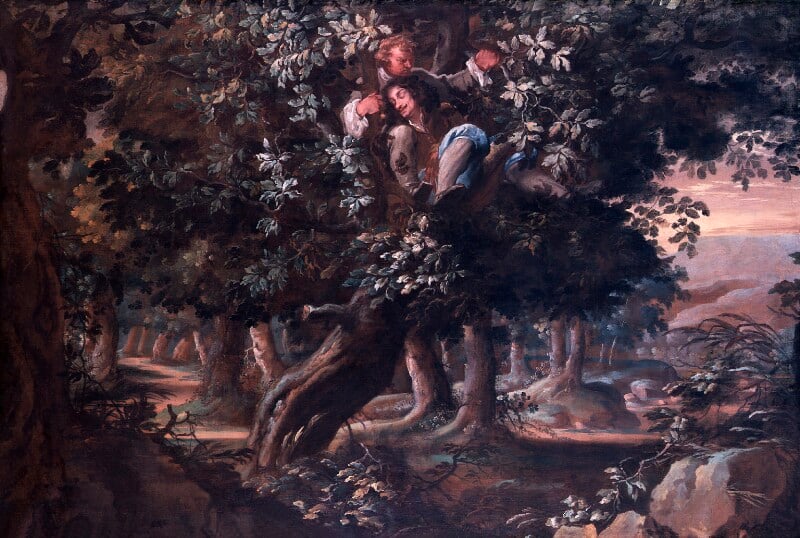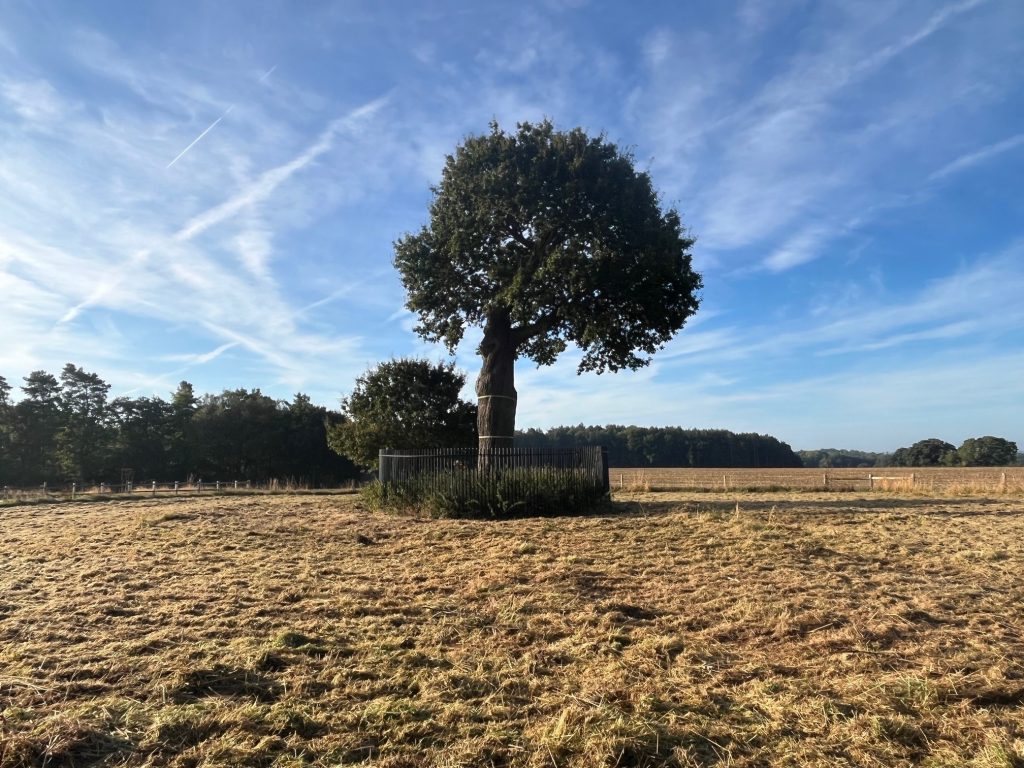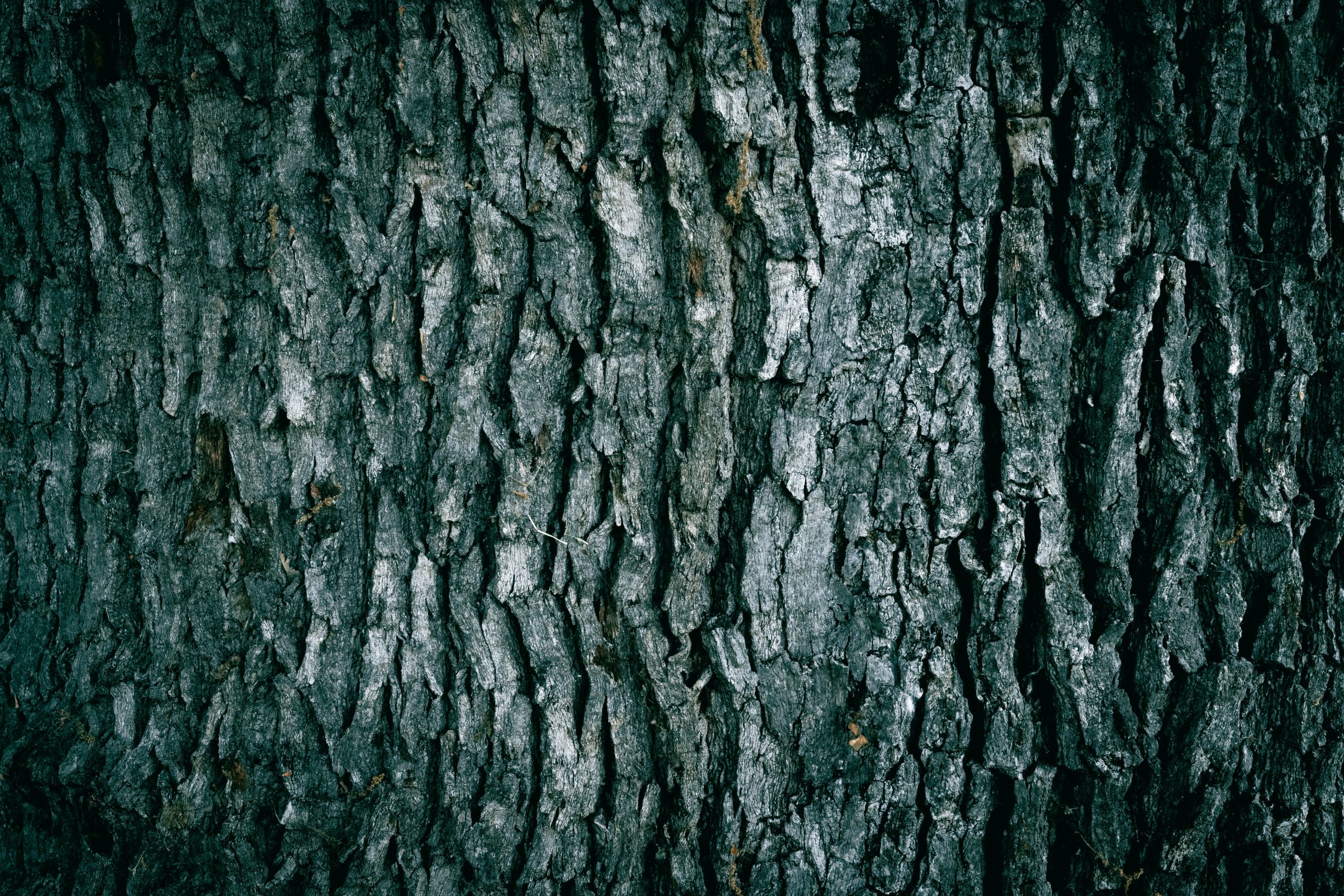One of my favourite quirks of learning about history is the ability to come up with ‘domino effect’ questions. Today, on Royal Oak Day, they are:
Would modern democracy look different if the King hadn’t hidden in a tree? And, might pubs have different names?
Royal Oak Day, on May 29th, was a national holiday – it commemorated both the restoration of the Stuart Monarchy in May 1660 when Charles II returned from exile to take the throne, and indeed this coincided with his 30th birthday.
The holiday became known as Royal Oak Day (or Oak Apple Day) in memory of when Charles II, fleeing Cromwell’s forces after defeat in the Battle of Worcester in 1651, found safety climbing an oak tree at Boscobel House in Shropshire – while the Parliamentary troops searched for him in the surrounding woodland.

© National Portrait Gallery, London
Charles had set out for either Scotland or London, but with a bounty on his head and several close encounters with Cromwell’s troops, Charles II eventually managed to make his way to Shoreham for the safety of France.
He would only return to England nine years later after issuing the Declaration of Breda, promising, among other concessions, religious toleration and a pardon for those who would recognise him as lawful King. This led to Parliament proclaiming him as monarch and welcoming him back to London on the 29th May 1660.
In August 1660, Parliament passed a law to enshrine it as an official public holiday, and it remained so for very nearly 200 years. Celebrations would include wearing oak apples, or sprigs of oak leaves, as a reference to the tree.
The tree’s history is still remembered today – open for visitors, and maintained by English Heritage. A descendant of the original tree is still there today – and beside it, a new tree grown from an acorn of the descendant, planted in 2001 by the now Charles III…who probably wouldn’t be King but for the protection the tree offered more than three hundred years previously!

You also won’t have too much difficulty finding pubs commemorating the occasion – with ‘The Royal Oak’ being the 3rd most popular pub name.1 There have also been eight Royal Navy ships named HMS Royal Oak, and the day is still observed by the Chelsea Pensioners at the Royal Hospital, which Charles II opened.
The public holiday was taken away in 1859 by the Anniversary Days Observance Act – over time it had lost prominence as a celebration, with Parliament two hundred years later more eager to showcase Parliamentary sovereignty over royal restorations (the monarch/Parliament relationship continued to have its difficulties post-Restoration2) and reduce the number of public holidays. Still, we would eventually get a late May bank holiday to make up for it, over a hundred years later in 1971.
Had Charles II not found safety in the tree, would the monarchy ever have been restored? How might that have changed Parliament? And what would we have named pubs instead of The Royal Oak?
Top image credit: Photo by Wyxina Tresse on Unsplash
- According to 2019 data from Pubs Galore [↩]
- Take your pick – Exclusion Crisis under Charles II, Bill of Rights, Reform Acts, Edward VIII’s abdication, Boris Johnson’s unlawful prorogation… [↩]

